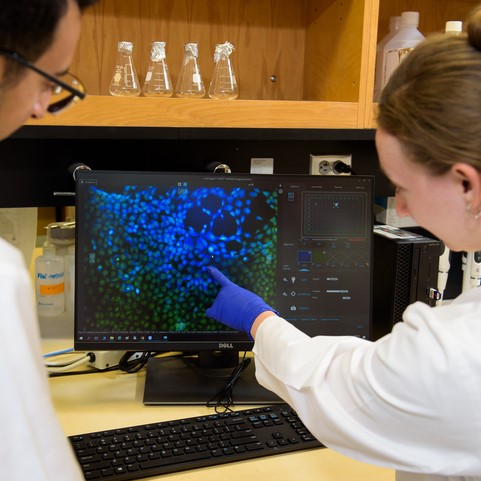Biomedical Artificial Intelligence and Computational Modeling are new emerging areas in biomedical engineering. These areas cover:
- Data analysis and interpretation: developing and applying algorithms and techniques to analyze and interpret large volumes of biomedical data. This may include medical images, genomic data, electronic health records and clinical data.
- Predictive modeling: developing predictive models that forecast outcomes for patterns in various biomedical contexts. For example, predictive models can predict disease progression, treatment response or patient outcomes based on relevant data inputs.
- Disease diagnosis: aiding in the diagnosis and risk assessment of various diseases. By analyzing patient data, these tools can assist in identifying patterns or indicators that help diagnose specific conditions or assess the likelihood of disease development.
- Simulation and Virtual Modeling: enabling the simulation and virtual modeling of biological systems, organs, or physiological processes. These simulations can provide insights into complex interactions, aid in surgical planning and contribute to the development of new medical devices or interventions.
Application Field
- Data analysis and interpretation
- Predictive modeling
- Assisting disease diagnosis and risk assessment
- Image analysis and interpretation
- Decision support systems
- Simulation and virtual modeling
NeuroEngineering and Neuromodulation Therapies Faculty
- Mary Kathryn (M.K.) Sewell-Loftin
- Anna Sorace, Ph.D.
- Jamie Tyler, Ph.D.
- Jianli Zhou, Ph.D.